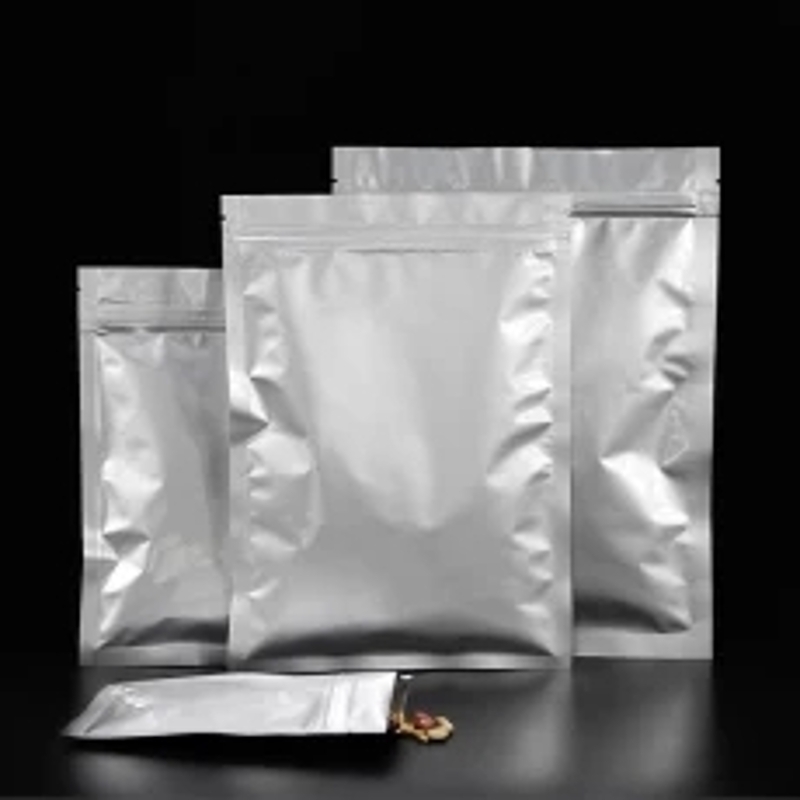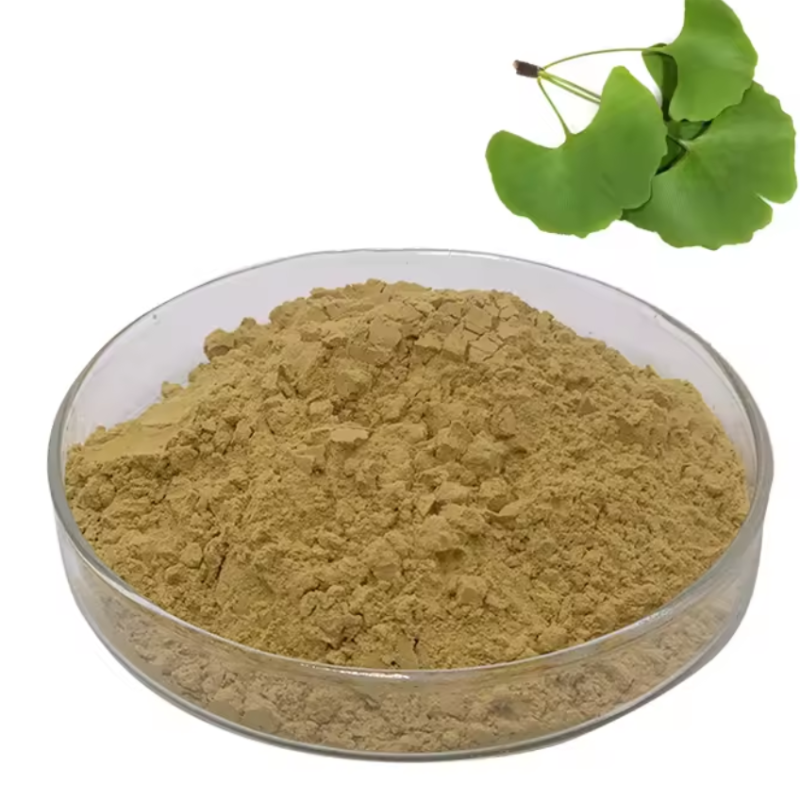-
Categories
-
Pharmaceutical Intermediates
-
Active Pharmaceutical Ingredients
-
Food Additives
- Industrial Coatings
- Agrochemicals
- Dyes and Pigments
- Surfactant
- Flavors and Fragrances
- Chemical Reagents
- Catalyst and Auxiliary
- Natural Products
- Inorganic Chemistry
-
Organic Chemistry
-
Biochemical Engineering
- Analytical Chemistry
-
Cosmetic Ingredient
- Water Treatment Chemical
-
Pharmaceutical Intermediates
Promotion
ECHEMI Mall
Wholesale
Weekly Price
Exhibition
News
-
Trade Service
Neuropsychiatric lupus (NPSLE) refers to a series of neurological and psychiatric symptoms associated with systemic lupus erythematosus (SLE) .
NPSLE includes heterogeneous and rare neuropsychiatric (NP) manifestations involving the central and peripheral nervous systems .
Due to the lack of a gold standard, diagnosing NPSLE is a clinical challenge and any other potential cause must be strictly excluded.
After that, an individualized treatment strategy must be adopted based on symptom presentation and severity.
High-dose glucocorticoids and intravenous cyclophosphamide remain severe A cornerstone of patients, these symptoms are thought to reflect inflammatory or underlying autoimmune processes .
If ineffective, rituximab, immunoglobulin can be used .
Azathioprine or mycophenolate mofetil may be considered when patients present with mild to moderate NP manifestations or require maintenance therapy .
Anticoagulation and antiplatelet are necessary when there is an underlying process of thrombosis , especially when antiphospholipid antibodies are positive or when antiphospholipid syndrome is present .
NPSLE includes heterogeneous and rare neuropsychiatric (NP) manifestations involving the central and peripheral nervous systems .
Due to the lack of a gold standard, diagnosing NPSLE is a clinical challenge and any other underlying cause must be strictly excluded .
After that, an individualized treatment strategy must be pursued based on symptom presentation and severity.
High-dose glucocorticoids and intravenous cyclophosphamide remain A cornerstone of critically ill patients, these symptoms are thought to reflect inflammatory or underlying autoimmune processes .
If ineffective, rituximab, immunoglobulin can be used .
Azathioprine or mycophenolate mofetil may be considered when patients present with mild to moderate immune NP manifestations or require maintenance therapy .
Anticoagulation and antiplatelet are necessary when there is an underlying process of thrombosis , especially when antiphospholipid antibodies are positive or when antiphospholipid syndrome is present .
thrombus
Pathogenesis of NPSLE
Pathogenesis of NPSLE Pathogenesis of NPSLETwo distinct pathophysiological processes may contribute to the NP symptoms of NPSLE :
Two distinct pathophysiological processes may contribute to the NP symptoms of NPSLE :1.
Inflammation, associated with proinflammatory and / or autoimmune mediation;
Inflammation, associated with proinflammatory and / or autoimmune mediation;
2.
Thrombotic / ischemic manifestations with vascular occlusion, microvascular disease and bleeding;
Thrombotic / ischemic manifestations with vascular occlusion, microvascular disease, and hemorrhage; vascular
Both of these pathophysiological changes have been reported to coexist in a substantial proportion of patients with NPSLE and exhibit extensive heterogeneity .
Clinical manifestations of NPSLE
Clinical manifestations of NPSLE Clinical manifestations of NPSLEIn 1999 , the American College of Rheumatology ( ACR ) classification criteria identified 19 neuropsychiatric symptoms that may be seen in patients with SLE .
Twelve of these symptoms were related to the central nervous system, including aseptic meningitis, cerebrovascular disease, lupus headache, demyelinating syndrome, ataxia (chorea), myelopathy, seizures, acute delirium, anxiety Symptoms , cognitive impairment, affective disorders, and psychosis; 7 symptoms associated with the peripheral nervous system, including acute inflammatory demyelinating disease (Guillain - Barre syndrome), autonomic neuropathy, myasthenia gravis, cranial neuropathy, plexopathy, mononeuropathy, and polyneuropathy .
Twelve of these symptoms were related to the central nervous system, including aseptic meningitis, cerebrovascular disease, lupus headache, demyelinating syndrome, ataxia (chorea), myelopathy, seizures, acute delirium, anxiety Symptoms , cognitive impairment, affective disorders, and psychosis; 7 symptoms associated with the peripheral nervous system, including acute inflammatory demyelinating disease (Guillain - Barre syndrome), autonomic neuropathy, myasthenia gravis, cranial neuropathy, plexopathy, mononeuropathy, and polyneuropathy .
neuropsychiatric lupus presentation table
neuropsychiatric lupus presentation table(from the American College of Rheumatology)
(from the American College of Rheumatology)Inspection and Evaluation of NPSLE
NPSLE Inspection and Evaluation NPSLE Inspection and EvaluationAutoantibodies: antinuclear antibodies, anti-double-stranded DNA antibodies, anti- Sm antibodies, anti- Ro antibodies, anti- La antibodies, and anti-histone antibodies are helpful in the diagnosis of SLE and are not specific for NPSLE .
Anti-ribosomal P antibodies have been reported to be associated with psychiatric disorders and major depression .
Antiphospholipid antibodies are associated with cardiovascular disease, seizures, moderate to severe cognitive impairment, myelopathy, and movement disorders .
Anti-ribosomal P antibodies have been reported to be associated with psychiatric disorders and major depression .
Antiphospholipid antibodies are associated with cardiovascular disease, seizures, moderate to severe cognitive impairment, myelopathy, and movement disorders .
Neuroimaging: A variety of neuroimaging modalities are available to detect nerve involvement in NPSLE , or to rule out other disorders (neurosurgical or infectious )
.
Neuroimaging: A variety of neuroimaging modalities are available to detect nerve involvement in NPSLE , or to rule out other disorders (neurosurgical or infectious )
.
CSF examination: CSF analysis is primarily used to rule out CNS infection, but may also show abnormalities in cases of aseptic meningitis, vasculitis, and transverse myelitis
.
Electrophysiological tests: help diagnose underlying epilepsy or peripheral neuropathy
.
Psychological assessment: When a patient is suspected of having cognitive impairment, a psychological assessment is required
.
Treatment of NPSLE Treatment of NPSLE
NPSLE can be attributed to SLE disease activity, but can also occur independently of SLE and be associated with other disease factors, such as antiphospholipid syndrome
.
NPSLE can be attributed to SLE disease activity, but can also occur independently of SLE and be associated with other disease factors, such as antiphospholipid syndrome
.
Figure 1 : Treatment options for neuropsychiatric lupus
Figure 1 : Treatment options for neuropsychiatric lupusTherapeutic strategies for NPSLE caused by inflammatory mechanisms :
Therapeutic strategies for NPSLE caused by inflammatory mechanisms: Therapeutic strategies for NPSLE caused by inflammatory mechanisms :Glucocorticoids are the primary treatment for NPSLE with underlying mechanisms of SLE disease activity , such as aseptic meningitis, optic neuritis, transverse myelitis, peripheral neuropathy, refractory epilepsy, psychosis, and acute delirious states .
Induction therapy with glucocorticoids is usually administered at medium to high doses, and severe manifestations require pulse therapy with methylprednisolone (eg, transverse myelitis) .
In addition, immunosuppressive therapy should be combined in a timely manner: such as cyclophosphamide, mycophenolate mofetil, azathioprine, cyclosporine, rituximab and beliu .
Induction therapy with glucocorticoids is usually administered at medium to high doses, and severe manifestations require pulse therapy with methylprednisolone (eg, transverse myelitis) .
In addition, immunosuppressive therapy should be combined in a timely manner: such as cyclophosphamide, mycophenolate mofetil, azathioprine, cyclosporine, rituximab and beliu .
Treatment strategies for NPSLE due to ischemia :
Treatment strategies for NPSLE caused by ischemia: Treatment strategies for NPSLE caused by ischemia :Antiplatelet / anticoagulant therapy is recommended when the underlying pathophysiological mechanism of NPSLE is ischemia and when moderate to high titers of antiphospholipid antibodies are persistently positive .
Figure 2.
Treatment of NPSLE based on available scientific evidence and data from the Leiden NPSLE cohort study .
Figure 2.
When ischemic and inflammatory pathogenic mechanisms are suspected, a combination of immunosuppressive therapy and secondary prevention
can be used in the same patient .
1.
2.
3.
4.
When possible, the dose of prednisone should be kept at < 7.
5 mg/d
.
The use of azathioprine or other DMARDs such as mycophenolate mofetil can be based on expert opinion or whether there is co -occurring organ damage with other SLE involvement .
references:
references:1.
Ce´sar Magro-Checa, et al.
Management of Neuropsychiatric Systemic Lupus Erythematosus: Current Approaches and Future Perspectives.
Drugs (2016) 76:459–483
Ce´sar Magro-Checa, et al.
Management of Neuropsychiatric Systemic Lupus Erythematosus: Current Approaches and Future Perspectives.
Drugs (2016) 76:459–483
2.
Rheumatology Branch of Chinese Medical Association , National Clinical Research Center for Skin and Immune Diseases , China Systemic Lupus Erythematosus Research Collaborative Group .
2020 Chinese Systemic Lupus Erythematosus Diagnosis and Treatment Guidelines [J] .
Chinese Journal of Internal Medicine ,2020(3).
Rheumatology Branch of Chinese Medical Association , National Clinical Research Center for Skin and Immune Diseases , China Systemic Lupus Erythematosus Research Collaborative Group .
2020 Chinese Systemic Lupus Erythematosus Diagnosis and Treatment Guidelines [J] .
Chinese Journal of Internal Medicine ,2020(3 ) .
Leave a message here







